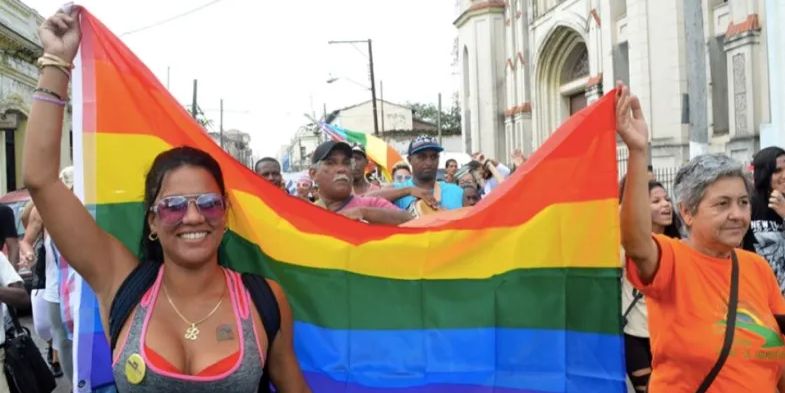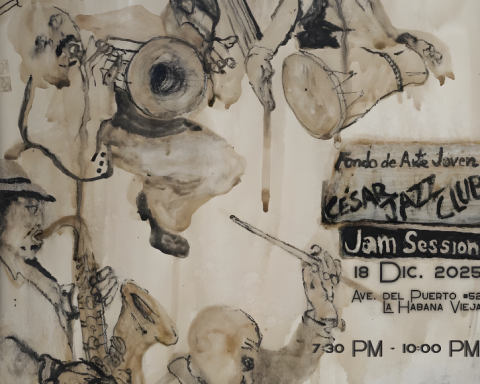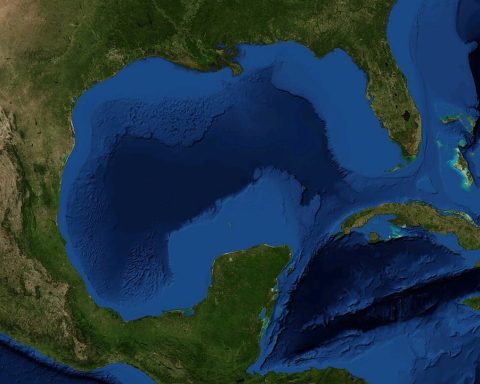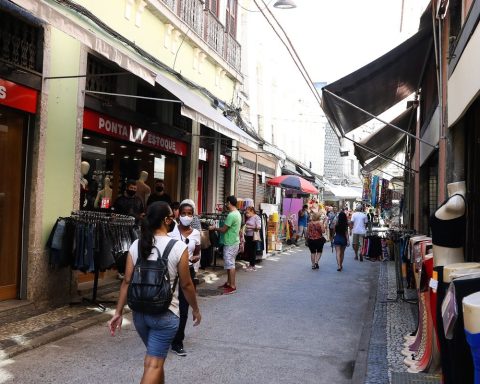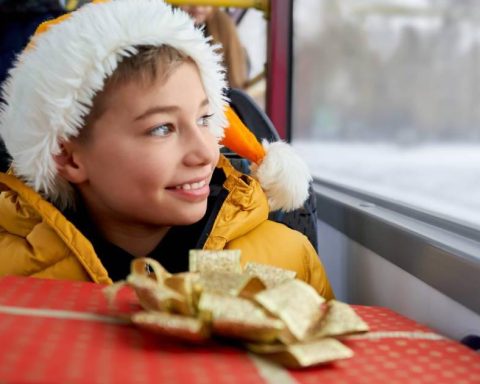HAVANA, Cuba. -In December 2023, the report was “If they don’t mention us, we don’t exist”the result of an investigation sponsored by the international human rights organization Race and Equality on the situation of lesbian and bisexual women in Cuba and the manifestations of lesbophobia that they suffer in different areas of their daily lives.
This explainer is based on the results of surveys applied to two focus groups, one in Havana and another in Santiago de Cubacarried out as part of the research for “If they don’t mention us, we don’t exist.”
1. How is the invisibility of lesbian women reflected in official laws and discourses?
Social silence, reflected in a tacit pact between civil society, the State and lesbian women, has a negative impact on the lives and rights of lesbian women. This pact seems to establish that as long as they do not make “too much noise” they will be tolerated, which limits their visibility and recognition.
In official discourse, the invisibility of lesbian women is also reflected in the use of ambiguous and generalised terms that do not address their specific realities. Public documents and statements often avoid using the word “lesbian” and instead resort to vague terms such as “diverse women”, which do not guarantee effective inclusion or address the particularities of lesbophobia.
2. How does lesbophobia manifest itself in everyday life?
Lesbophobia usually manifests itself from childhood, when the family imposes heteropatriarchal expectations, and continues into youth, when lesbians hide their sexuality for fear of reprisals. It is expressed in the denial of job opportunities due to their sexual orientation, in the sexualization of their bodies, and in mistreatment in health spaces, such as when they are asked invasive questions about their intimate life. It is also reflected in legal invisibility, the persistence of stereotypes, and silence in public spaces.
3. How do gender stereotypes and lesbophobia manifest themselves in the school environment?
According to the experiences of the lesbian women surveyed, gender stereotypes and lesbophobia in the school environment are manifested in a severe way towards students who present a non-heteronormative gender expression. During the school stage, especially between the ages of 14 and 18, people LGBTIQ+ In school environments they suffer surveillance, mistreatment and discrimination, including physical violence in some cases by teachers.
On the other hand, criticism of the way women dress or wear their hair is common. 72.7% of those surveyed said that their clothing or hairstyle choices had been used to define them as lesbians.
4. How does the lack of medical supplies and corruption in the Cuban health system affect lesbian women’s access to assisted reproduction?
The lack of medical supplies and corruption in the health system, both expressions of the current humanitarian crisis in the country, create significant barriers to lesbian women’s access to assisted reproduction. Despite the fact that Resolution 1151/2022 Although assisted reproduction was legalized for all women, Cuban lesbians still face difficulties due to the lack of medical resources and the need for bribes to obtain adequate treatment, which makes this medical procedure practically impossible. The lack of medical supplies and poor infrastructure in hospitals contribute to women having to continue to resort to unofficial and dangerous methods, such as home fertilization with uncertified semen, which increases the risks to their health and well-being.
5. What impact does the presumption of heterosexuality have on the treatment received by lesbian women in health services?
The presumption of heterosexuality has a negative impact: it creates a number of challenges and misunderstandings in the medical care that lesbian women receive. This presumption leads to health professionals mistakenly assuming that patients are heterosexual, which can result in inappropriate diagnoses and treatments. For example, many respondents reported that in cases of abdominal pain, staff typically first consider pregnancy as the cause, rather than exploring other possibilities that might be more relevant to a lesbian woman.
This problem is exacerbated when lesbians feel forced to reveal their sexual orientation, often resulting in lesbophobic comments and attitudes. The lack of adequate preparation and heteronormativity in healthcare protocols reflect a gap in the training of health personnel to address specific needs.
6. How has the rise of Christian fundamentalism influenced the perception of security and harassment?
The influence of Christian fundamentalism contributes to an atmosphere of intolerance and rejection that can intensify harassment and violence towards lesbian women, especially in comparison with other areas where attitudes may be somewhat more moderate. Such a religious and social context creates an environment in which lesbians face not only social rejection, but also pressures and aggression motivated by religious beliefs that seek to deny them their identity and rights.
7. How does the education and socioeconomic level of lesbian women affect family acceptance or rejection?
Although a high percentage of lesbian women surveyed have higher education and a high level of education, this does not guarantee greater family acceptance or the absence of rejection. The survey reveals that 47.3% of women have experienced some degree of rejection from their families, and 25.5% have been excluded from family events. This indicates that even with a high level of education and greater economic independence, cultural norms and gender stereotypes continue to influence family acceptance.
Educational and socioeconomic status do not appear to be decisive factors in reducing family rejection of lesbian women. The persistence of rejection and exclusion, even among those with a high level of education, suggests that cultural and social barriers remain significant, and that acceptance of sexual orientation and gender expression remains deeply rooted in more conservative social and family norms.
8. What are the main challenges that lesbian women face in LGBTIQ+ and feminist activism spaces, and how do they affect their visibility?
The tendency to render the specific problems of lesbian women invisible, both in LGBTIQ+ spaces and in feminist movements, is one of the main challenges. The perception that lesbian issues are ignored indicates an urgent need to ensure equal representation and adequate visibility in these activist spaces.
In addition, the perception that their views are sometimes overridden or not heard in debates highlights a gap in the effective inclusion of lesbian voices. This situation reveals that, although some lesbian women manage to introduce topics of interest to them in panels and debates, these topics are rarely an integral part of the agenda, thus limiting their impact and relevance in LGBTIQ+ and feminist activism.
9. What is the impact of lesbian invisibility in Cuban history?
The invisibility of lesbians in Cuban history, politics and culture has been a crucial factor in the perpetuation of lesbophobia in society. From the first half of the 20th century, when exclusion began to manifest itself in newspapers and was institutionalized through conversion therapies and expulsions, until today, the lack of official and legal recognition of lesbians has consolidated their marginalization.
As a result of this invisibility, lesbians are not only excluded from statistics on gender violence, but they also face a serious problem of lack of resources and support in situations of intra-gender violence. The absence of a specific methodology to identify and support lesbian women in situations of violence aggravates their exclusion and vulnerability.
